Isak Edo
FPRaker: A Processing Element For Accelerating Neural Network Training
Oct 15, 2020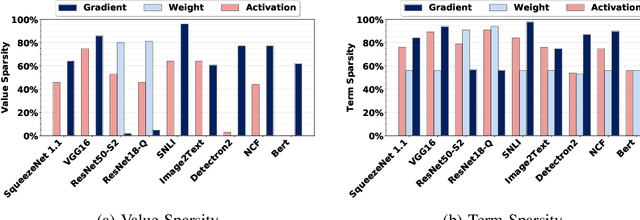
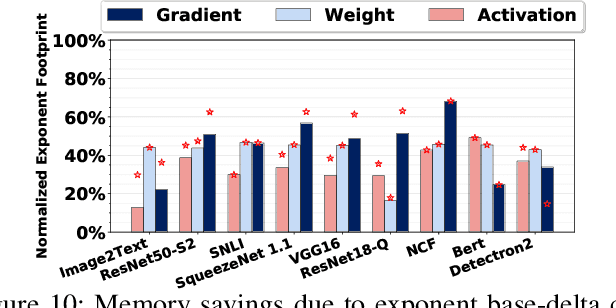
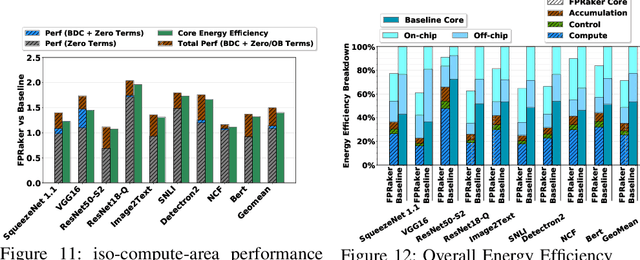
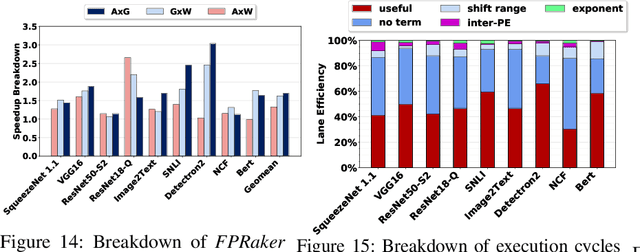
Abstract:We present FPRaker, a processing element for composing training accelerators. FPRaker processes several floating-point multiply-accumulation operations concurrently and accumulates their result into a higher precision accumulator. FPRaker boosts performance and energy efficiency during training by taking advantage of the values that naturally appear during training. Specifically, it processes the significand of the operands of each multiply-accumulate as a series of signed powers of two. The conversion to this form is done on-the-fly. This exposes ineffectual work that can be skipped: values when encoded have few terms and some of them can be discarded as they would fall outside the range of the accumulator given the limited precision of floating-point. We demonstrate that FPRaker can be used to compose an accelerator for training and that it can improve performance and energy efficiency compared to using conventional floating-point units under ISO-compute area constraints. We also demonstrate that FPRaker delivers additional benefits when training incorporates pruning and quantization. Finally, we show that FPRaker naturally amplifies performance with training methods that use a different precision per layer.
TensorDash: Exploiting Sparsity to Accelerate Deep Neural Network Training and Inference
Sep 01, 2020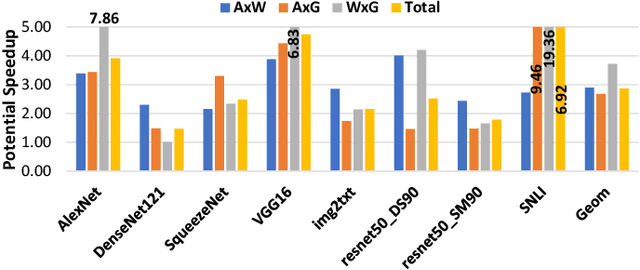
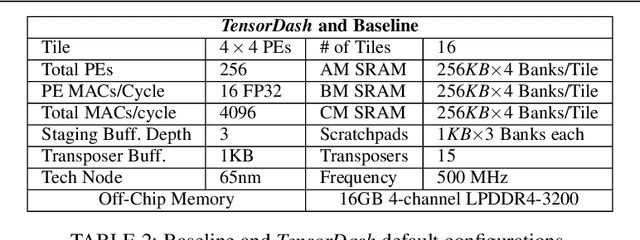
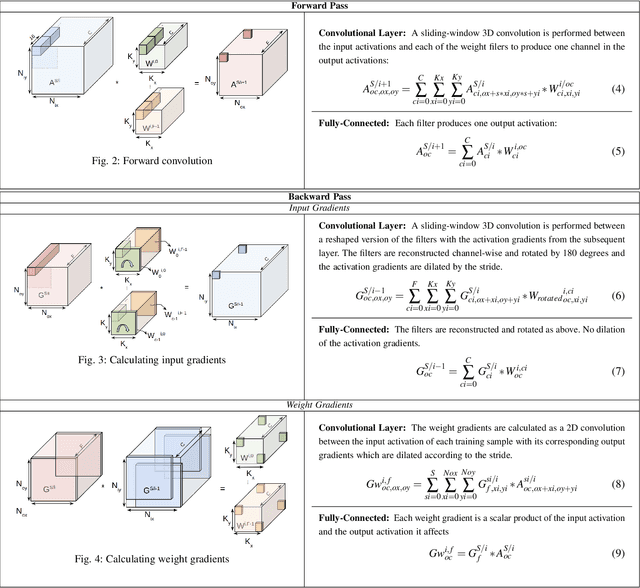
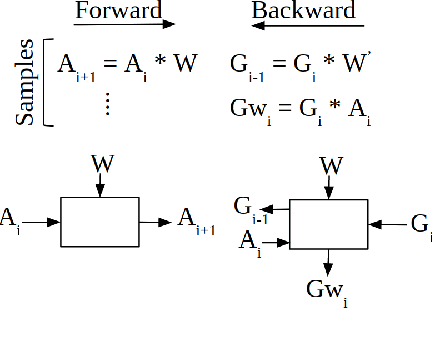
Abstract:TensorDash is a hardware level technique for enabling data-parallel MAC units to take advantage of sparsity in their input operand streams. When used to compose a hardware accelerator for deep learning, TensorDash can speedup the training process while also increasing energy efficiency. TensorDash combines a low-cost, sparse input operand interconnect comprising an 8-input multiplexer per multiplier input, with an area-efficient hardware scheduler. While the interconnect allows a very limited set of movements per operand, the scheduler can effectively extract sparsity when it is present in the activations, weights or gradients of neural networks. Over a wide set of models covering various applications, TensorDash accelerates the training process by $1.95{\times}$ while being $1.89\times$ more energy-efficient, $1.6\times$ more energy efficient when taking on-chip and off-chip memory accesses into account. While TensorDash works with any datatype, we demonstrate it with both single-precision floating-point units and bfloat16.
 Add to Chrome
Add to Chrome Add to Firefox
Add to Firefox Add to Edge
Add to Edge